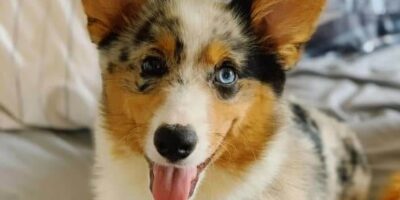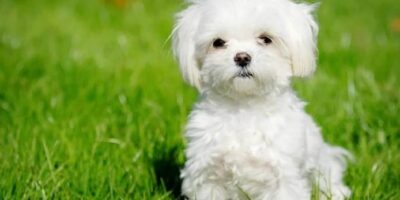The German Shepherd is an exceptionally large dog breed, often used as a guard dog. However, they are known to be very gentle, loving, and intelligent. Although they were originally bred for herding sheep, many can excel at agility trials and search and rescue work, too.
If you’re considering getting a large breed of dog, and you’re considering a German shepherd, you will want to read this article. Large dog breeds are similar to German shepherd – this is the main topic of this post that we are going to discuss.
List of 10 Large Dog Breeds Similar to German Shepherd
Caucasian Shepherd Dog
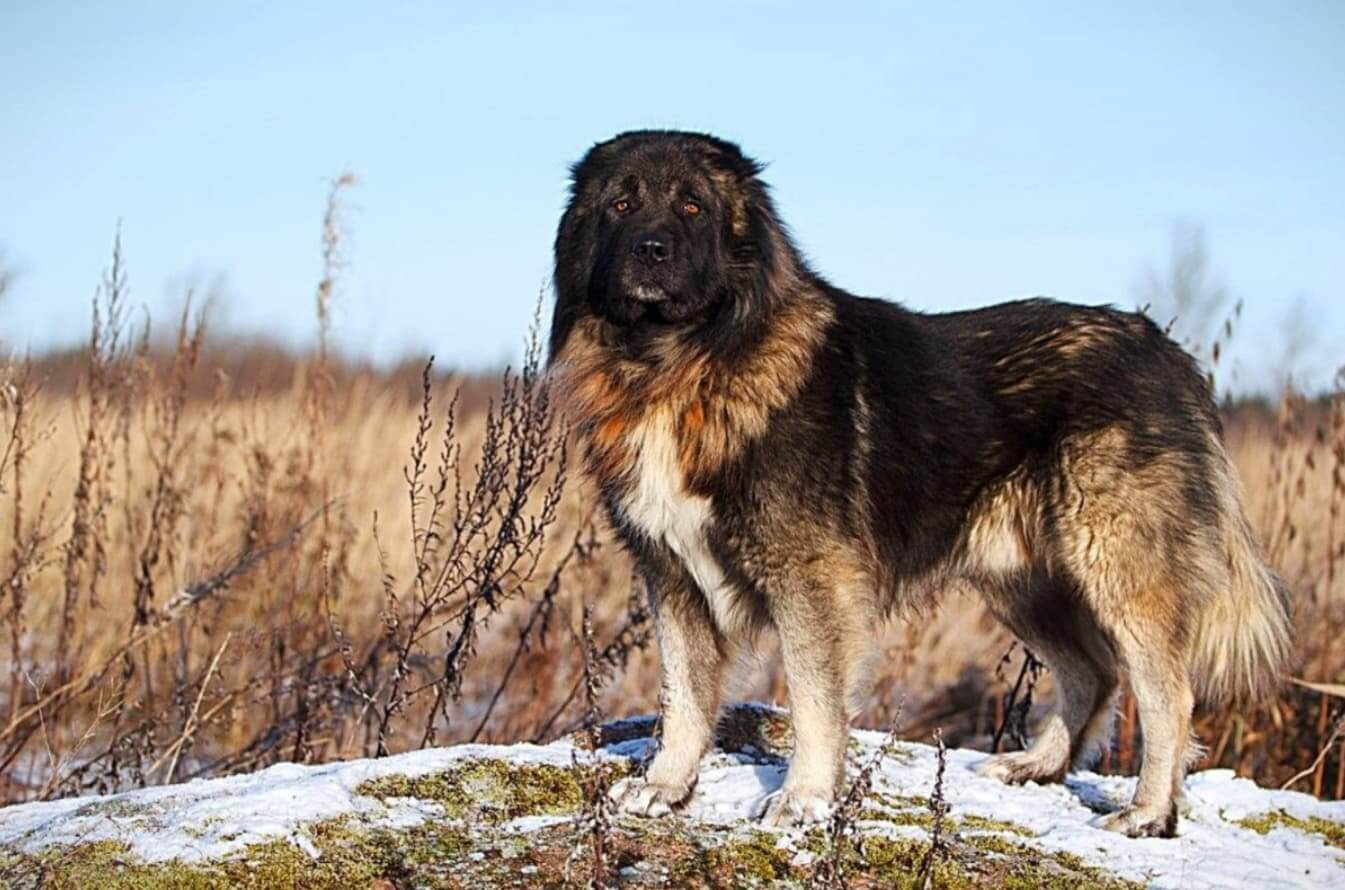
The Caucasian Shepherd Dog is one of the most impressive dog breeds. This massive, fluffy dog is a sight to behold. The Caucasian Shepherd Dog has a double coat with the outer coat being long, coarse, straight, and very dense, while the undercoat is soft and thick, which helps insulate it.
Caucasian Shepherd Dogs are great with kids and other dogs that they’re raised with. However, they can become aggressive towards strangers if they’re not properly trained and socialized at a young age.
- Weight: 92–176 pounds (42–80 kg)
- Height: 26–35 inches (66–90 cm)
Great Pyrenees
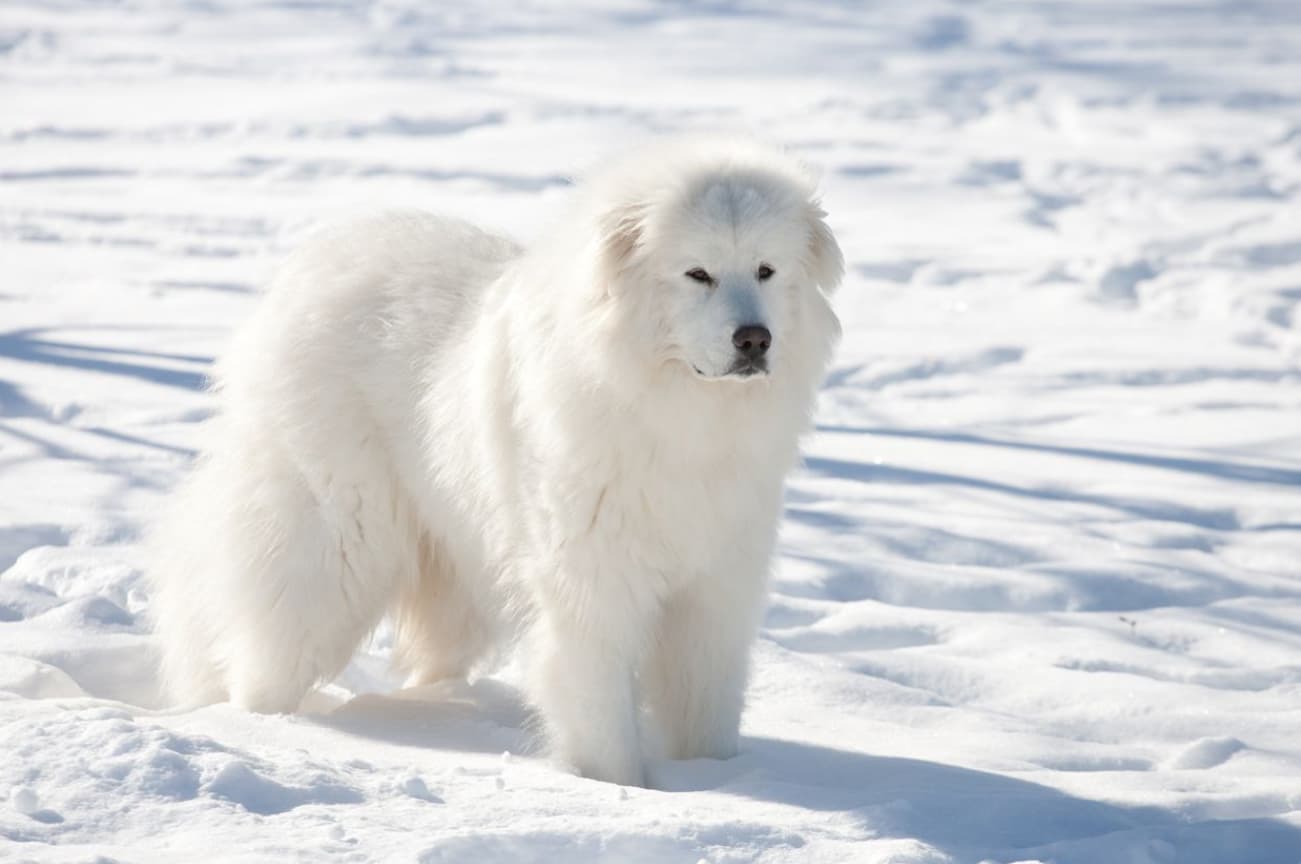
These are the biggest dogs of all, and they’re a little more laid back than German Shepherds. They’re also smart and loyal, so if you love German Shepherds but want something a little bigger and easier to take care of, the Great Pyrenees are your best bet.
Great Pyrenees have thick, weather-resistant coats that help them withstand cold temperatures. They also have impressive strength and endurance, which makes them well suited to herding and other similar tasks.
Kuvasz
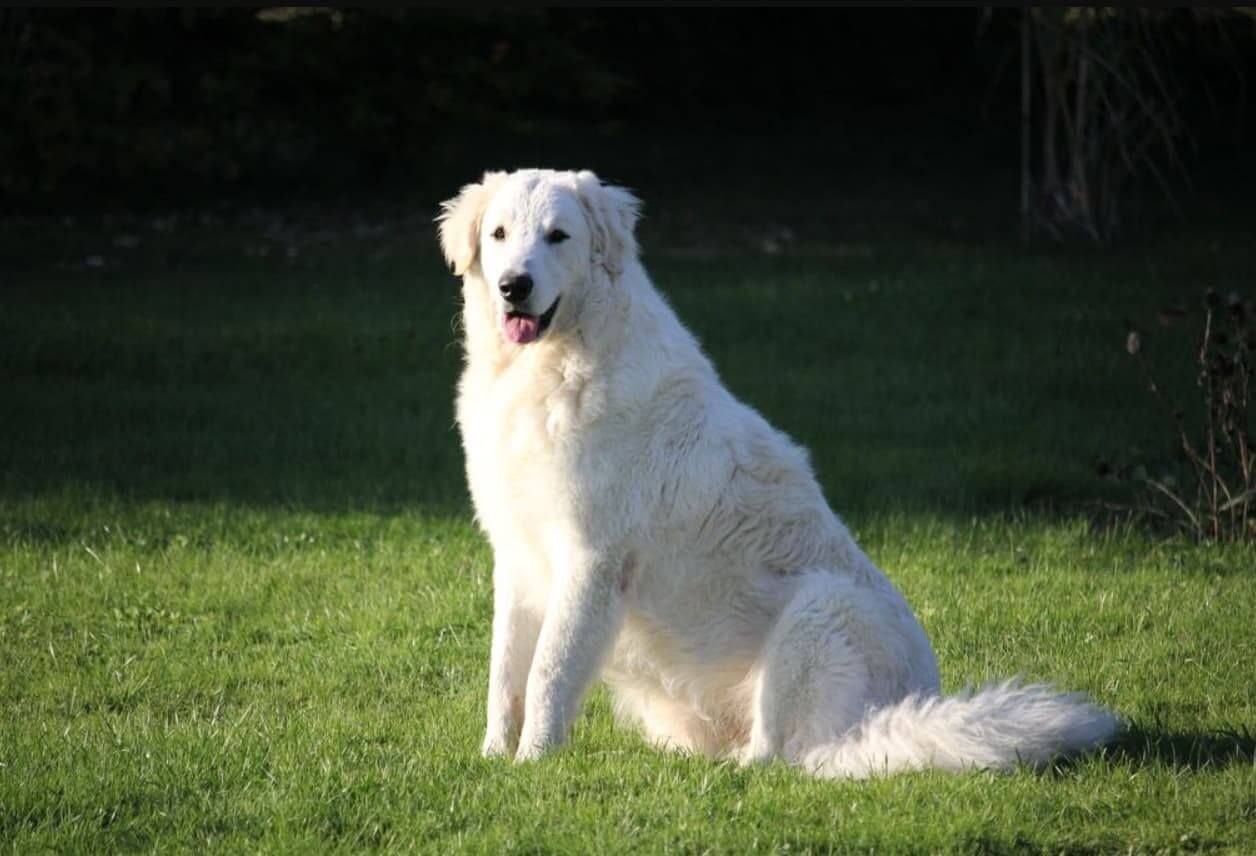
Kuvasz is a large, white dog breed originally from Hungary. They are extremely loyal and devoted to their family, and make magnificent watchdogs. They tend to be much too friendly with known visitors, but can be wary of strangers, who may find themselves on the receiving end of a deep bark or even an aggressive charge.
Kuvasz dogs shed lightly year-round. They are also hypoallergenic and produce little or no dander or allergens in their fur. These dogs are very intelligent and can be easily trained using positive reinforcement methods (treats and praise). They enjoy playing games with their owners and are great for kids who want to play fetch in the yard or go on hikes in the woods together!
Kuvasz Characteristics
- Dog Breed Group: Working Dogs;
- Height: 25.5–30 inches at shoulder;
- Weight: 75–115 pounds;
- Life Span: 9–11 years.
Tibetan Mastiff
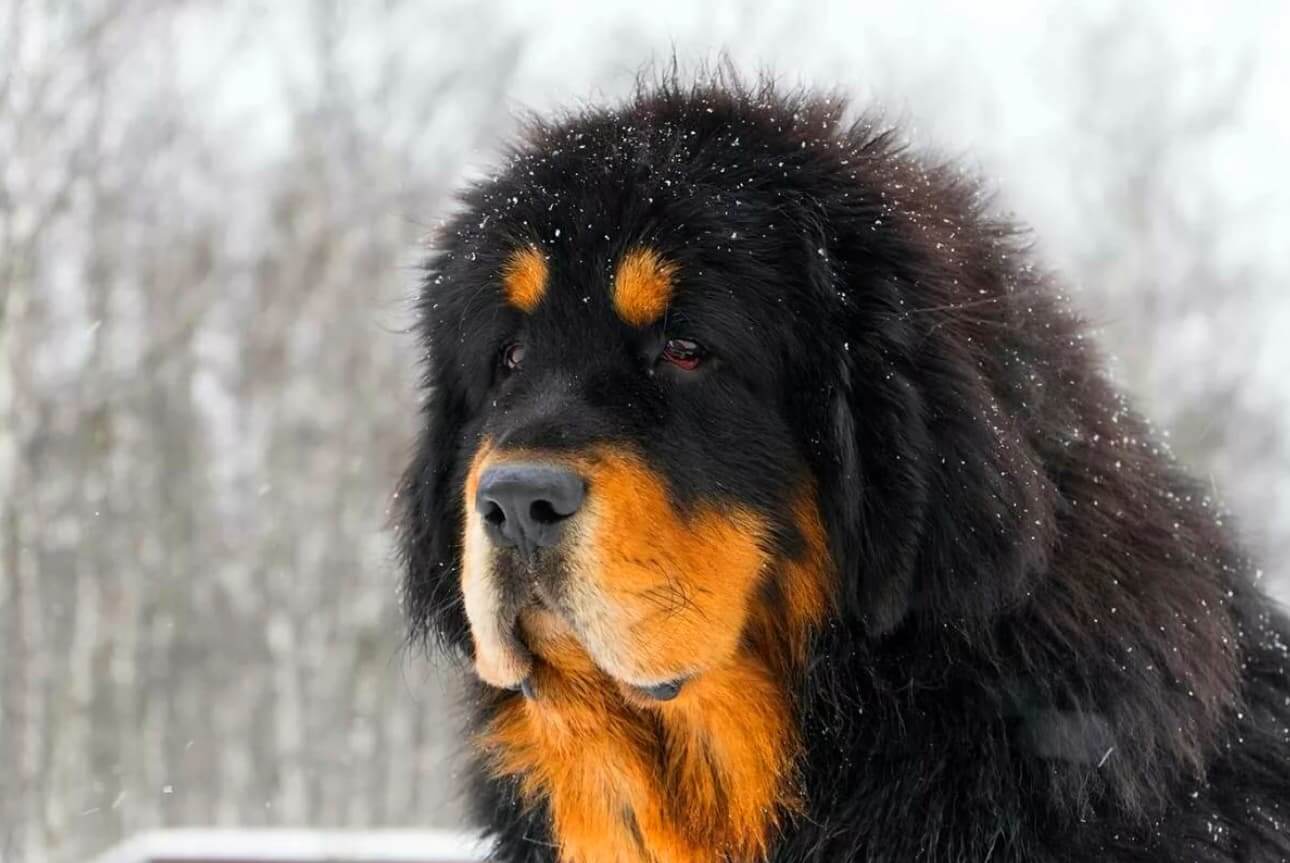
The Tibetan Mastiff is a massive dog with an enormous head and a sturdy bone structure. It has a thick, long coat that can be of many colors including gold, black, brown, and blue. The breed is known for its independent and protective nature. The Tibetan Mastiff requires lots of space to move around and thrive on human companionship. They are quite intelligent and make great watchdogs.
Tibetan Mastiffs will often have a black mask around their face, with a solid body color. In some cases, Tibetan Mastiffs will have tan areas around the muzzle and legs. The Tibetan Mastiff can weigh up to 160 pounds, with males being larger than females.
Akita

The Akita is a large dog with a thick, double-coat that can be curled or straight. This breed sheds heavily, especially during shedding season. The coat color ranges from pure white to red and sesame. Akita can grow to 26 inches tall and weigh up to 110 pounds.
Combined with a lack of genetic diversity due to their low worldwide numbers outside of Japan, this makes them susceptible to various genetic illnesses, although there is no single health problem.
The Akita originated in Japan, where it was first used for hunting games like bear. Today, the Akita is considered one of Japan’s national treasures. The Japanese believe the Akita brings good health, good luck and happiness to their owners. These dogs are also known for their loyalty and affectionate nature toward humans, which makes them great companions.
Alaskan Malamute
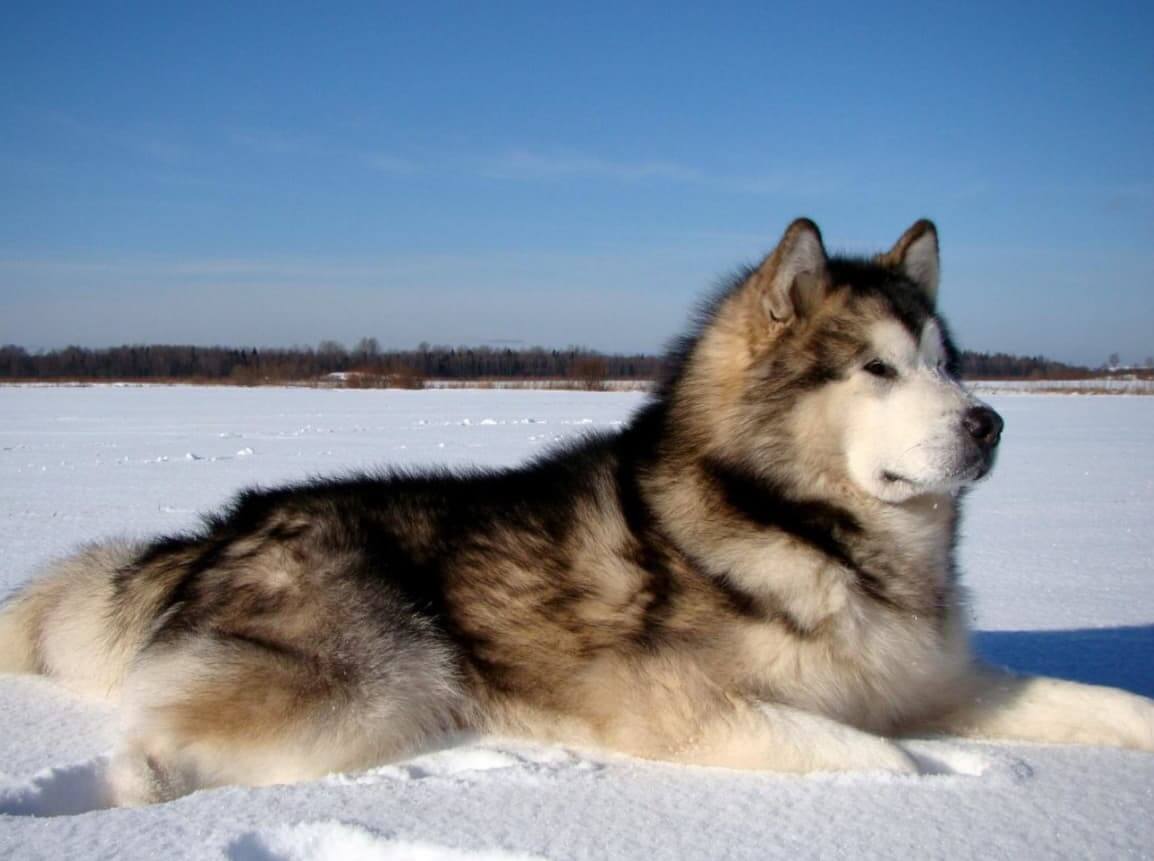
The Alaskan Malamute is bred for power and endurance, which is its original function, and its strength is reflected in its well-muscled body. Its gait is a steady trot that is efficient and tireless, with strides of great length. Its eyes range from brown to blue, and may be of two different colors.
Malamute’s broad head, small ears which do not extend past the tip of the nose, and its bushy tail held over the back should all be taken into consideration when determining whether a dog may be part of this breed.
Alaskan malamutes are bred in the USA. They are large dogs with a height of over 25 inches and weight of over 70 pounds. They have a thick, snow-resistant coat with brown eyes. Likewise, they are highly energetic and need vigorous exercise every day to stay healthy. Their life expectancy is 12-15 years.
Samoyed
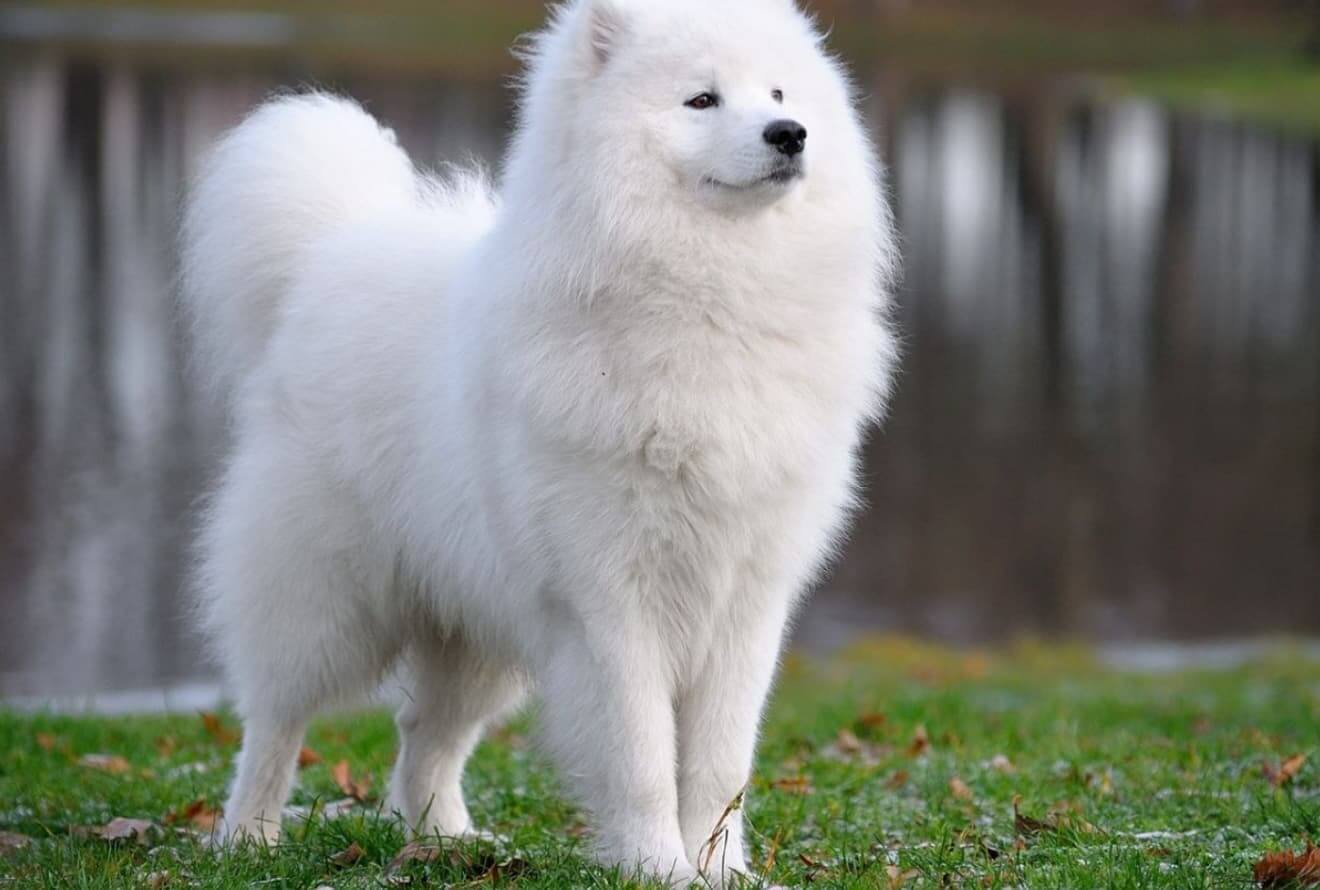
The Samoyed is a large, strong, and fluffy dog. These gentle giants are known for their thick, white coats and smiling faces. If you’re looking for a big dog that’s great with families, your search ends here! The Samoyed also makes a great friend for other pets, especially dogs.
Today, the Samoyed is a popular family pet because of their friendly demeanor and playful nature. With a life expectancy of 12-13 years, they are considered one of the longest-lived dog breeds.
Labrador Retriever

The Labrador Retriever is one of the most popular breeds in America, known for its energy and playfulness. This dog is intelligent and easy to train, making it an excellent family pet.
The Lab does not shed much and has a friendly, playful temperament that makes it an ideal family pet. They’re quite trainable, which makes them easy to live with in almost any environment.
Siberian Husky

The Siberian Husky is a Spitz breed with origins in Northern Siberia (Russia). The working-class Siberian Husky, along with the Samoyed and the Alaskan Malamute, are descendants of the original sled dog, the Eskimo dog (Quimmiq). The Siberian Husky is known to be a loving family dog, but also exhibits the ancestral behavior of its Wolf ancestor. They live a long life of 12 to 15 years.
Some notable similarities between German Shepherds and Siberian Huskies:
- High energy levels;
- Requires lots of exercise and running;
- Friendly temperament.
The original Siberian huskies were bred by the Chukchi people — whose hunter-gatherer culture relied on their help. It is an active, energetic, resilient breed, whose ancestors lived in the freezing and harsh environment of the Siberian Arctic. William Goosak, a Russian fur trader, introduced them to Nome, Alaska during the Nome Gold Rush, initially as sled dogs.
The people of Nome referred to the Siberian huskies as “Siberian Rats” due to their size and weight of 40 to 50 pounds when compared to the Malamute dogs. The city of Nome acquired several Siberian Huskies during this period because most of the sled dogs were dying from disease.
Greyhound

Greyhound is a sweet, laid-back dog who has a friendly nature. It is suited to live in an apartment as it is active indoors and doesn’t need much exercise. However, he enjoys regular walks.
Health: He is prone to heart disease and bloat.
Care: It doesn’t need frequent grooming, but brushing once a week will help to keep its coat shiny and healthy.
Temperament: Greyhound is more comfortable with pets that are familiar to him. He may not be friendly with other pets in the house, especially if they are smaller animals like cats or rabbits because of his strong chase instinct.
Conclusion
When it comes to choosing between a German shepherd and another large dog breed, it really comes down to your personal preferences as a pet owner. Some people prefer the look of one over the other. Others feel that one is more intelligent or trainable than the other.
Still others just like a particular variety more than others, based on personality or looks. Either way, there are some important things to keep in mind when you’re considering any large dog breed, German shepherd or not.
